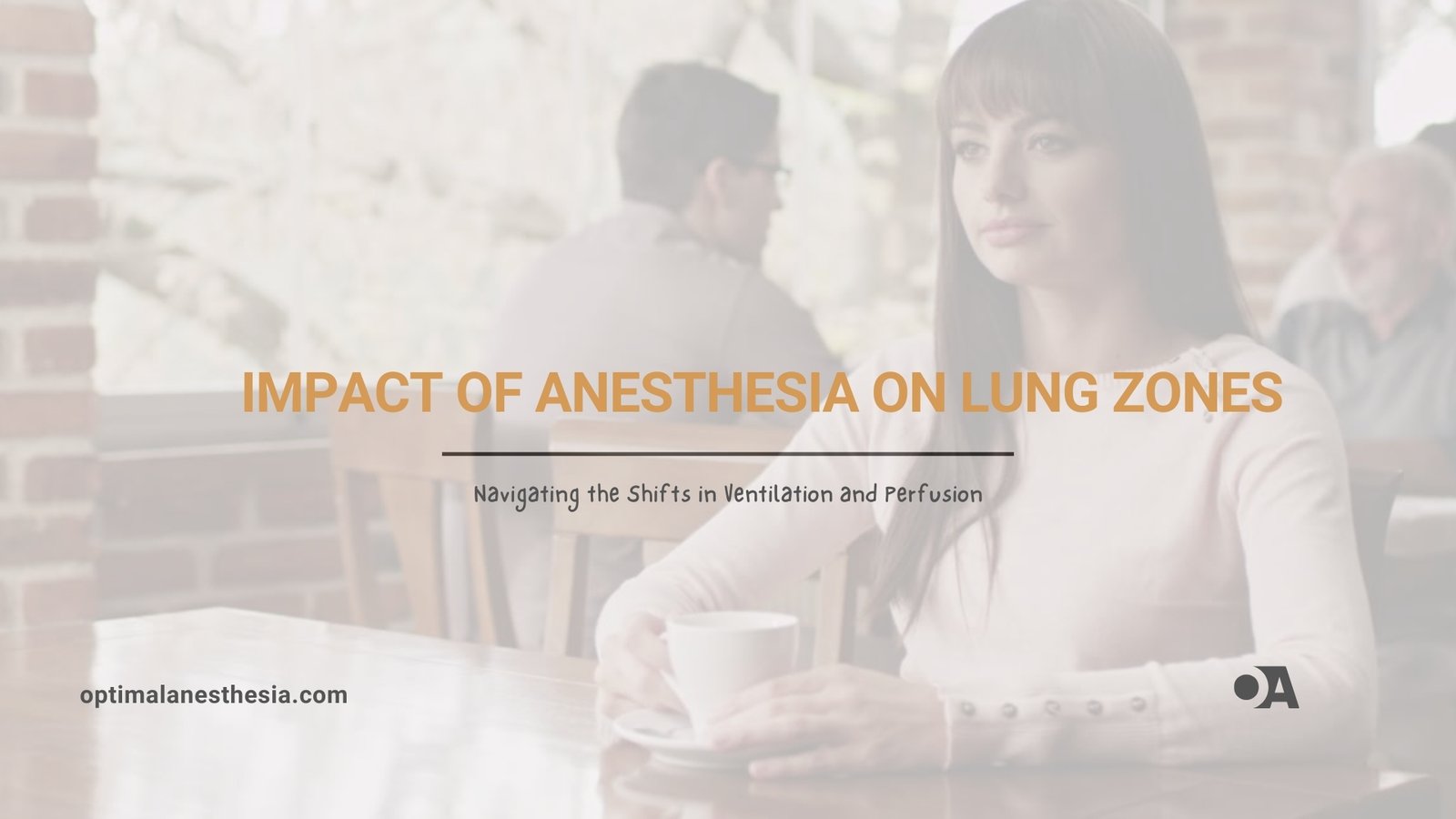Zones of the Lung and Anesthesia Implications: A Comprehensive Guide
Introduction Understanding lung zones and their behavior under anesthesia is critical for anesthesiologists to ensure optimal ventilation strategies, maintain effective gas exchange, and minimize perioperative respiratory complications. This article delves into the effects of anesthesia on lung zones, their physiological implications, and how these changes impact anesthetic management. Lung Zones: A Brief Overview The lungs … Read more










